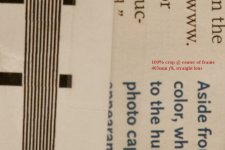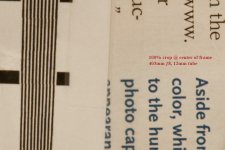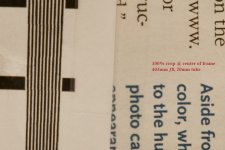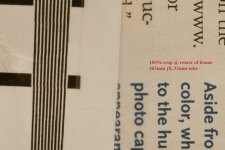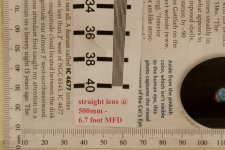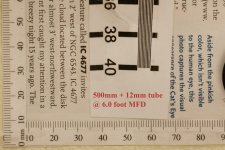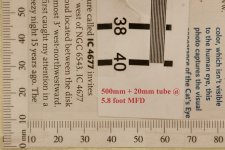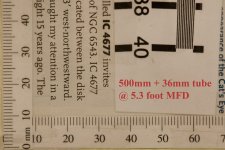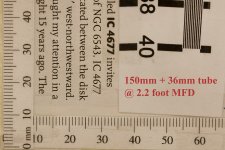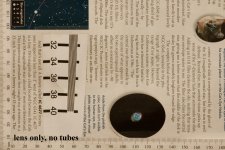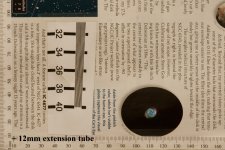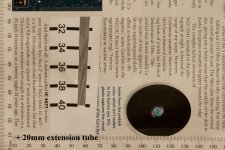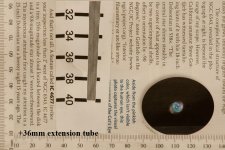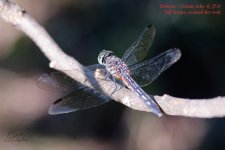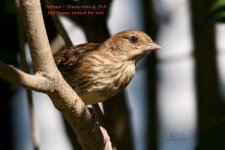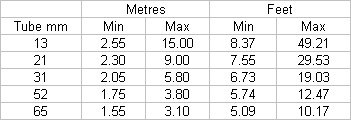Fowl Mouth
Just a guy with dogs
The disclaimer – Although I wouldn’t consider myself an idiot by any means, I am in no way an expert regarding optical physics or mechanics. I simply love the technical arena that comprises all things optical. I offer the following info as a shared experience of my own Sigma 150-500mm OS lens, and my new found appreciation for extension tubes. If this helps just one other person out there, great. If not, well…somebody stop me before I do this again. 
INTRO
I’m fairly confident that most who own this lens are already aware of its many virtues, namely its versatility. Not only does it reach out and touch those feathered friends we so enjoy with 500mm of focal length, and offer a highly effective stabilization system, but it also gives a reasonable magnification ratio of 1:5 life size. It was the 1:5 image ratio that initially led me to consider doing this test. I have spent some recent weeks with a new found interest in photographing both dragonflies and butterflies. The magnification of this lens seemed useful for the larger varieties, but still lacked the grasp that I lusted for to fill the frame.
So, on a whim, I removed a 12mm extension tube from my pocket, and after stacking the tube behind the lens I not only gained the ability to move closer. I also swore that the image size was noticeably larger, as if it was adding additional focal length to the lens. I suppose this is a concept already understood by some. But for me, at the time, it was a small revelation. I had always been under the impression that a tele-convertor was required to increase focal length, and the thought of adding more glass to the optical train of a 21 element zoom lens doesn’t seem overly appealing to me. So the curiosity got the best of me, and after Google-hunting I came up short with regards to existing “150-500 OS + extension tube” tests.
That’s where this testing comes in. I wanted to know if, and how much various tubes would increase the focal length. Additionally, I was curious as to where both the Minimum Focus Distance and Maximum Focus Distance would be in relation to the sensor. Of course adding any tube would surely eliminate infinity focus beyond some point. So ultimately, my idea was to see if adding a particular length of tube could give me better “macro” (MFD) for large insects, while also giving me more length for birds, all without the loss of image quality.
INTRO
I’m fairly confident that most who own this lens are already aware of its many virtues, namely its versatility. Not only does it reach out and touch those feathered friends we so enjoy with 500mm of focal length, and offer a highly effective stabilization system, but it also gives a reasonable magnification ratio of 1:5 life size. It was the 1:5 image ratio that initially led me to consider doing this test. I have spent some recent weeks with a new found interest in photographing both dragonflies and butterflies. The magnification of this lens seemed useful for the larger varieties, but still lacked the grasp that I lusted for to fill the frame.
So, on a whim, I removed a 12mm extension tube from my pocket, and after stacking the tube behind the lens I not only gained the ability to move closer. I also swore that the image size was noticeably larger, as if it was adding additional focal length to the lens. I suppose this is a concept already understood by some. But for me, at the time, it was a small revelation. I had always been under the impression that a tele-convertor was required to increase focal length, and the thought of adding more glass to the optical train of a 21 element zoom lens doesn’t seem overly appealing to me. So the curiosity got the best of me, and after Google-hunting I came up short with regards to existing “150-500 OS + extension tube” tests.
That’s where this testing comes in. I wanted to know if, and how much various tubes would increase the focal length. Additionally, I was curious as to where both the Minimum Focus Distance and Maximum Focus Distance would be in relation to the sensor. Of course adding any tube would surely eliminate infinity focus beyond some point. So ultimately, my idea was to see if adding a particular length of tube could give me better “macro” (MFD) for large insects, while also giving me more length for birds, all without the loss of image quality.




